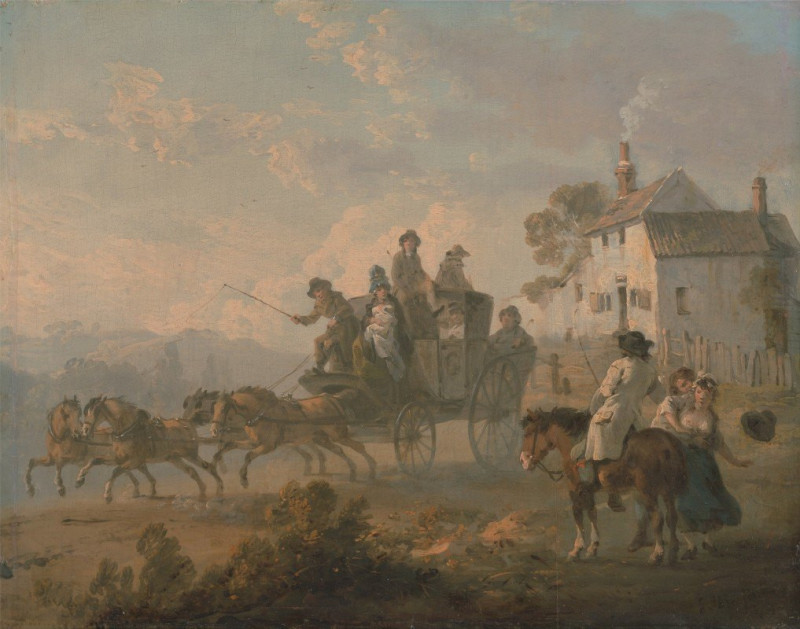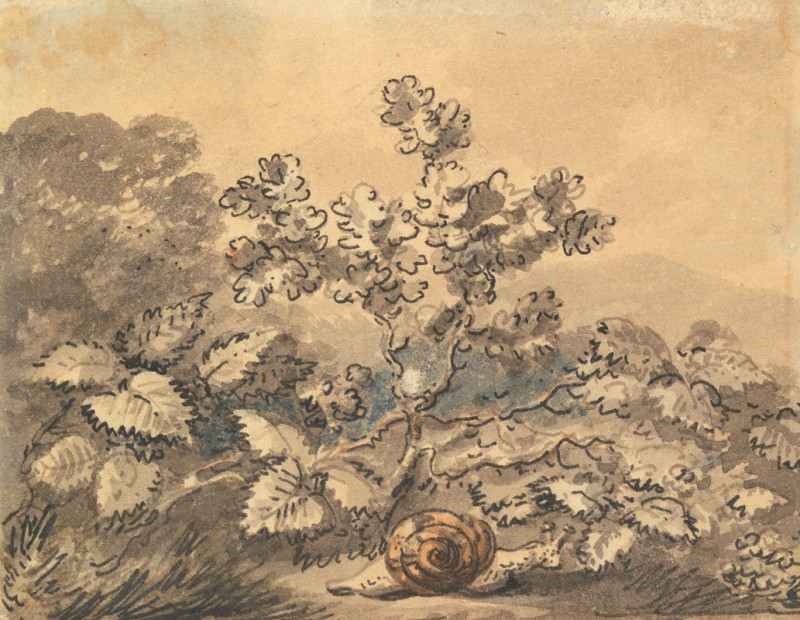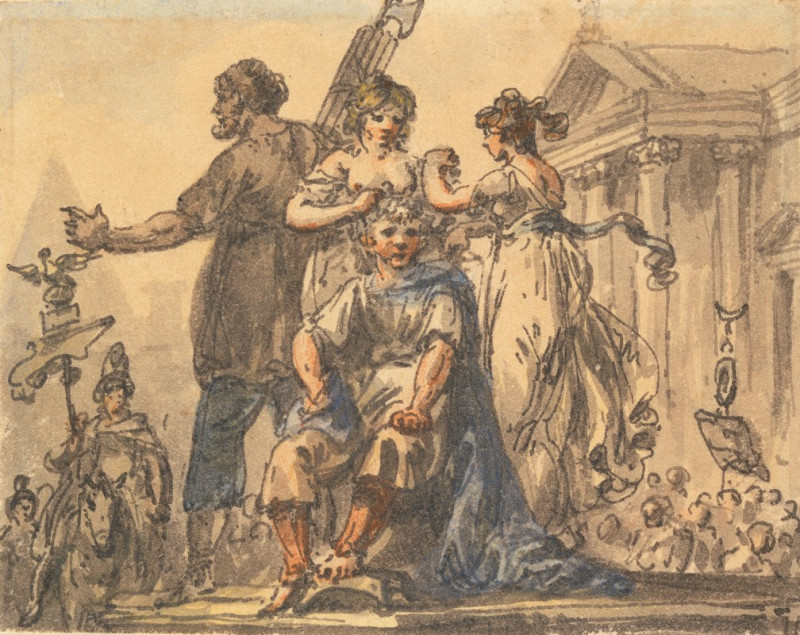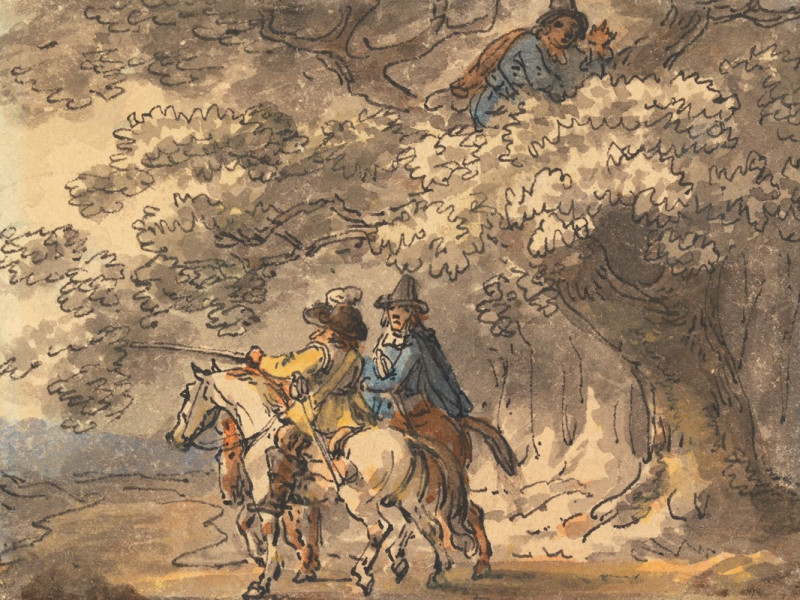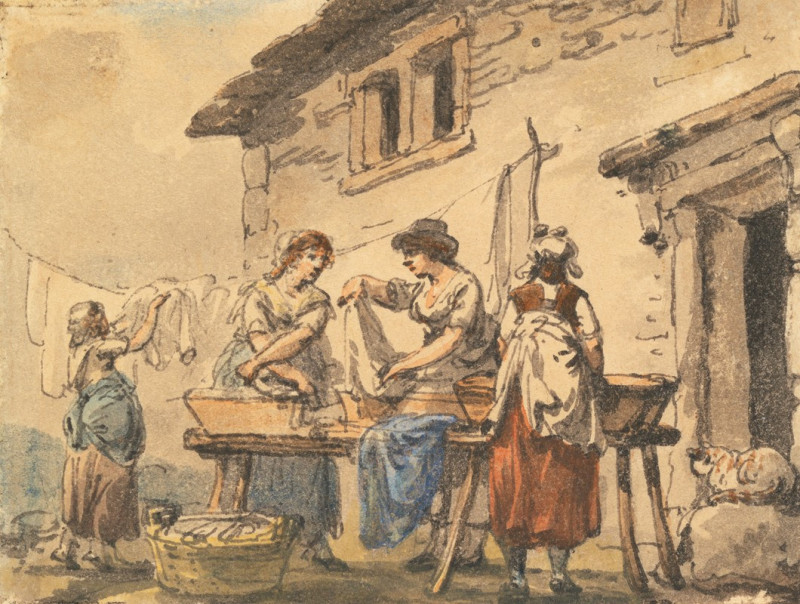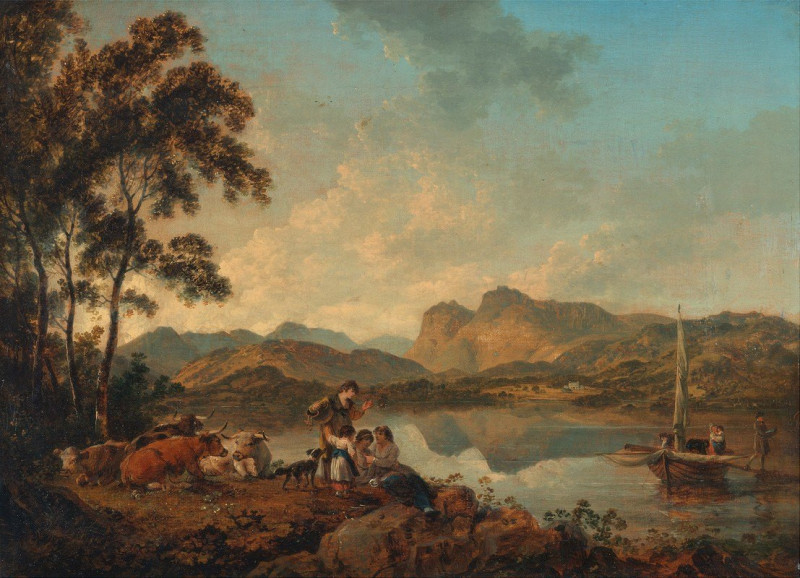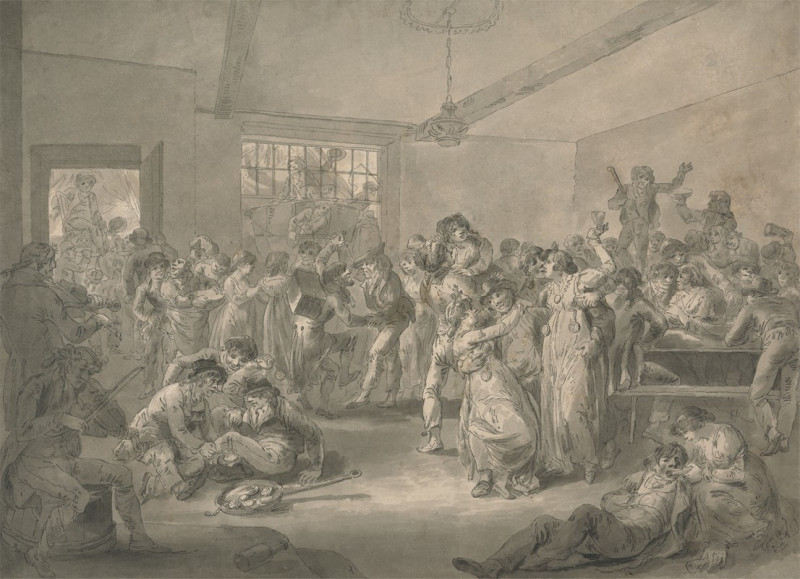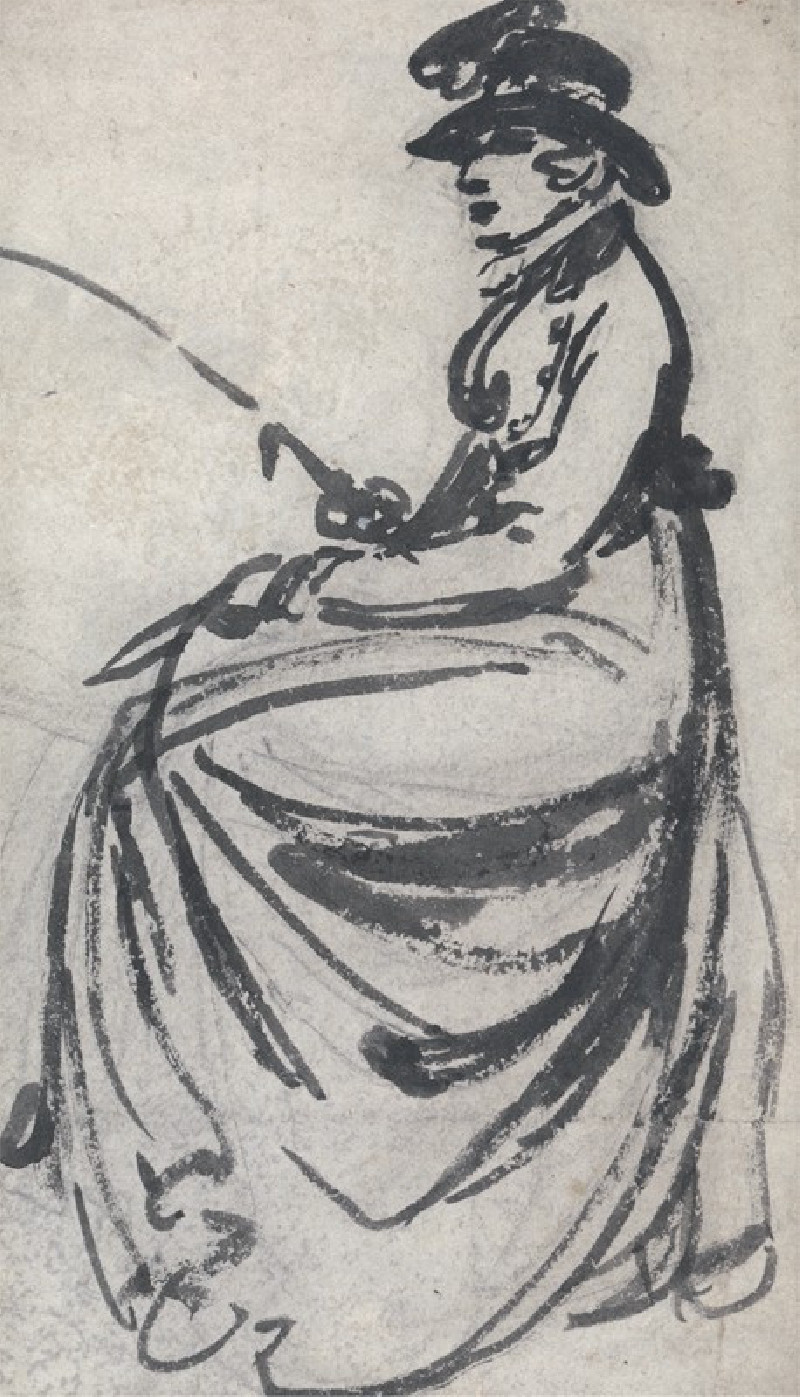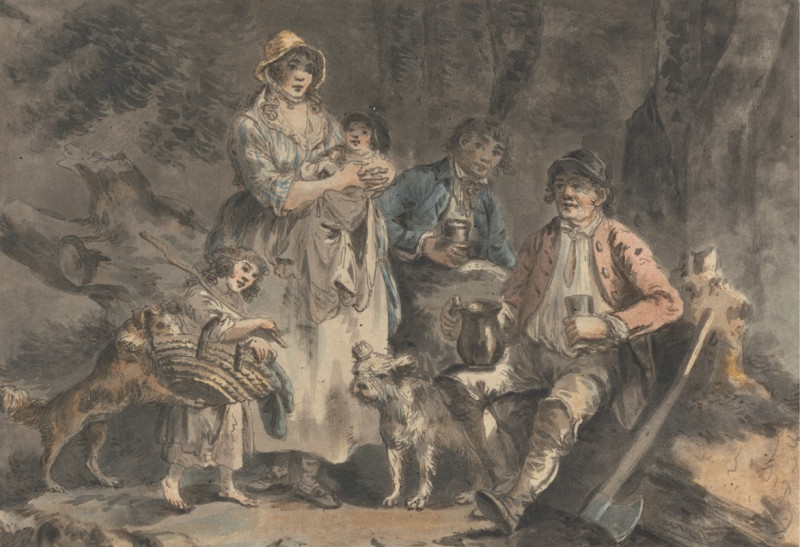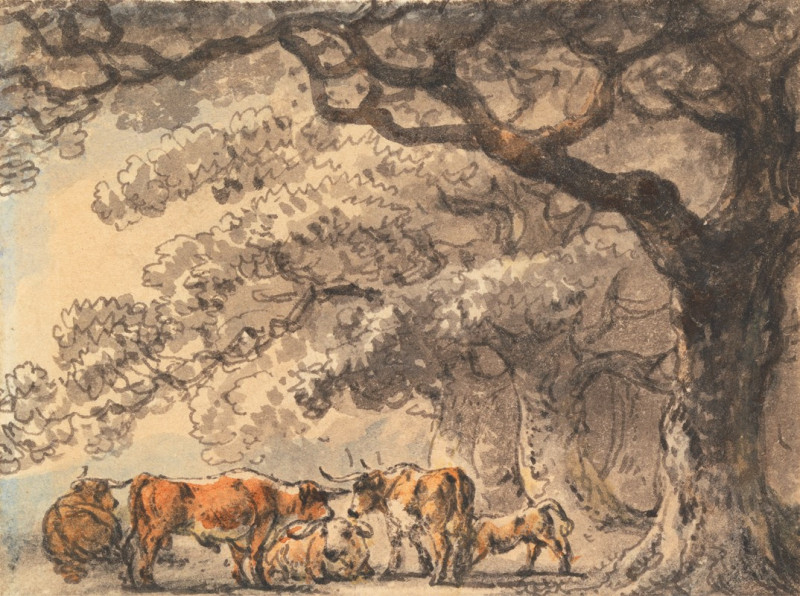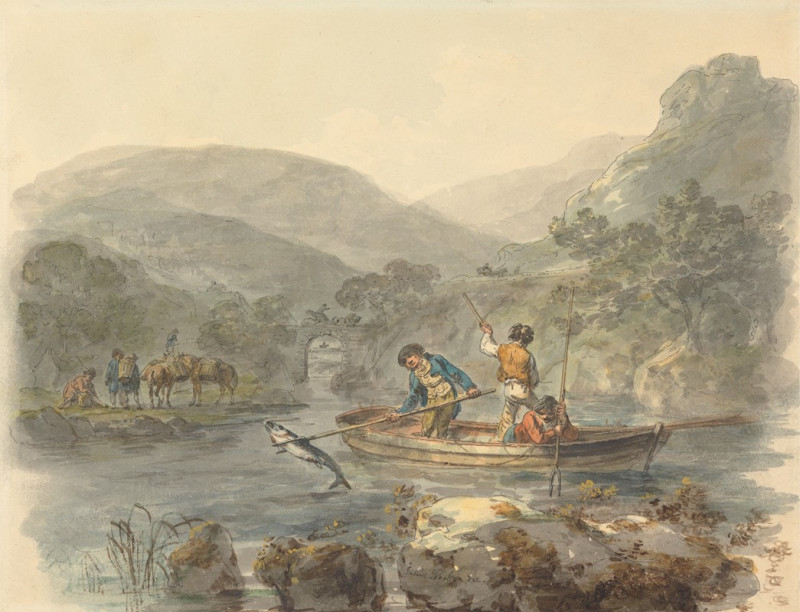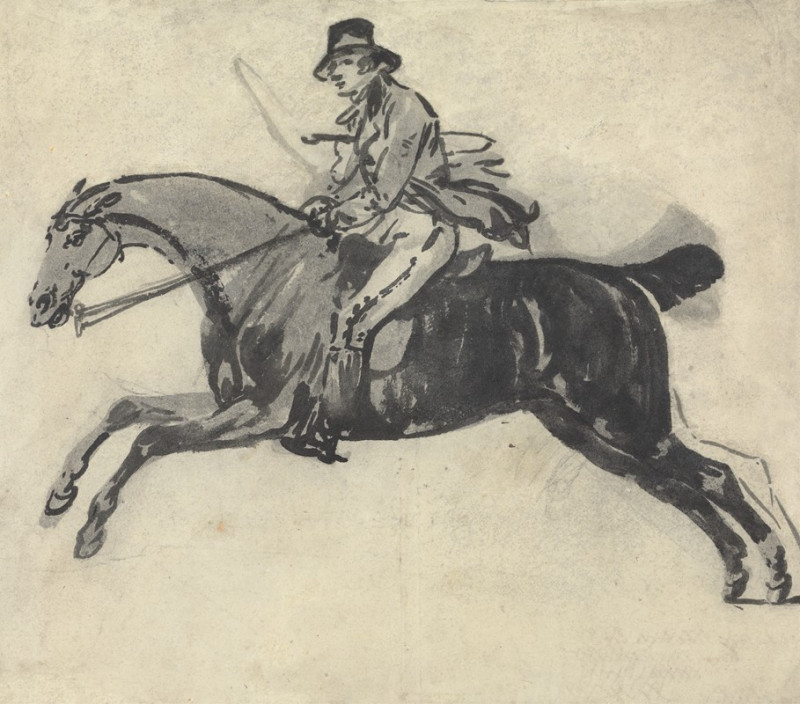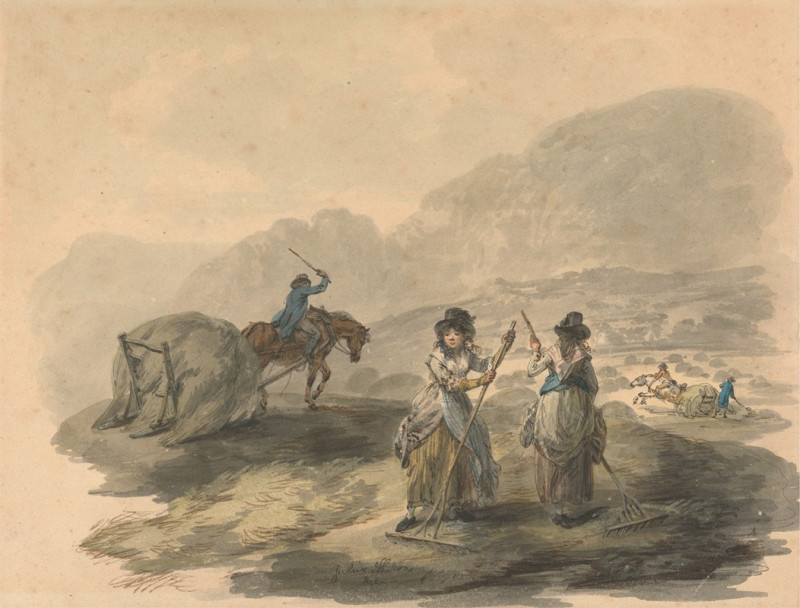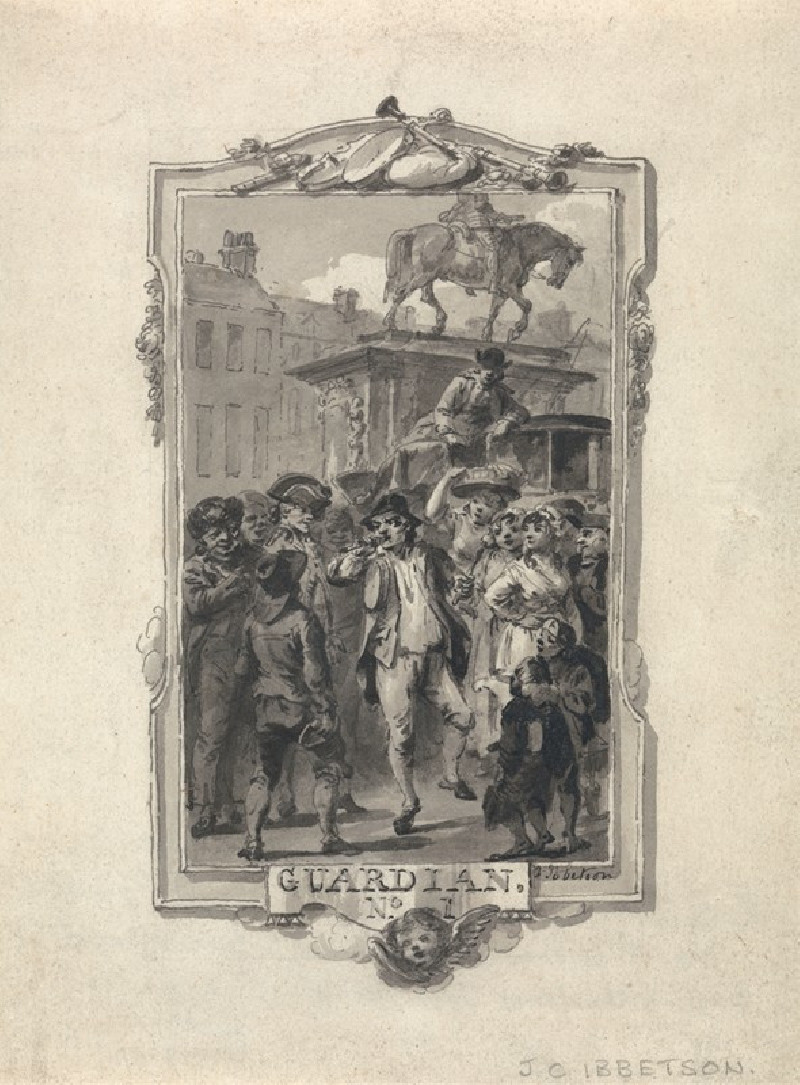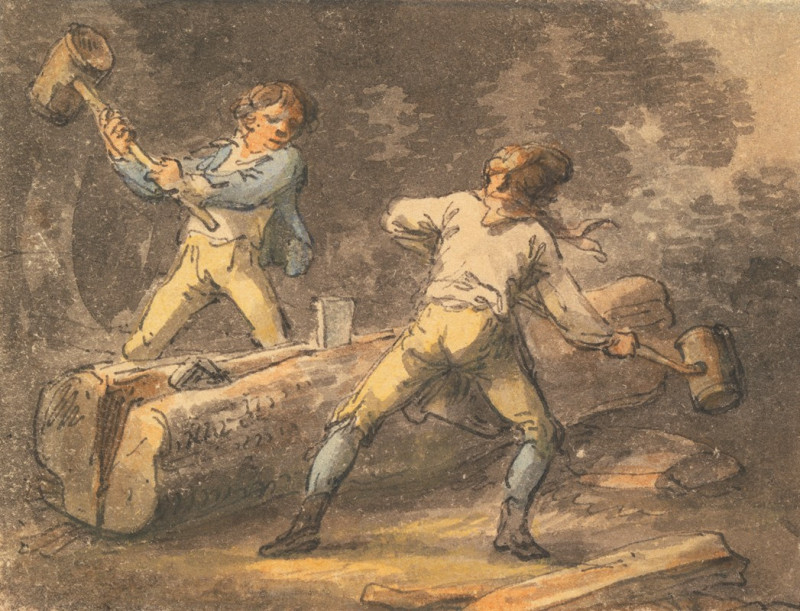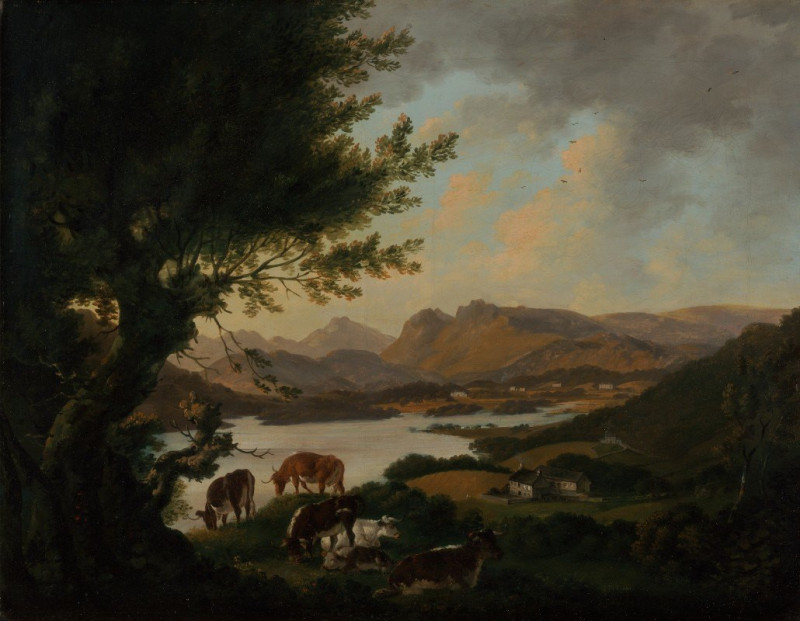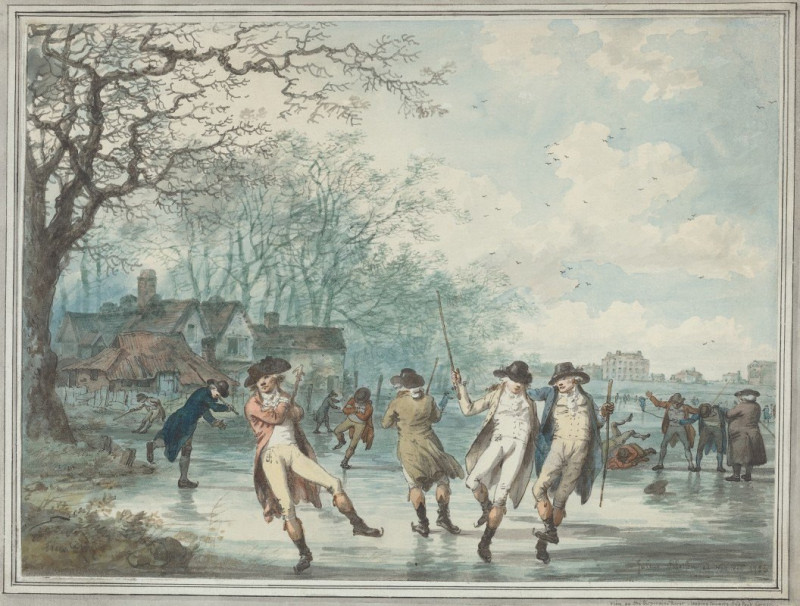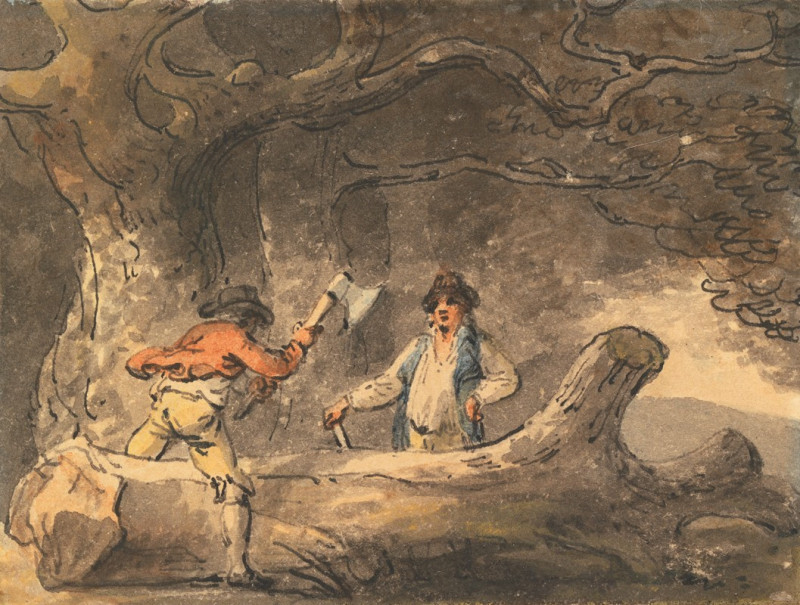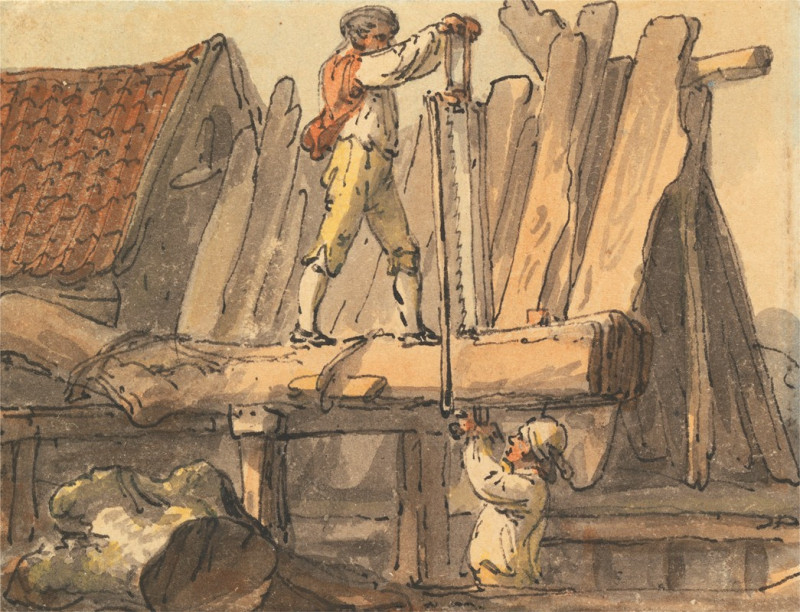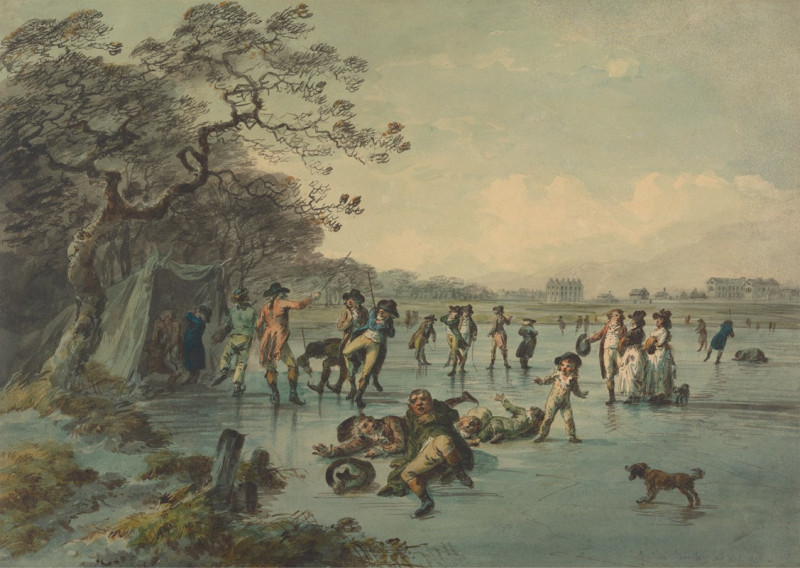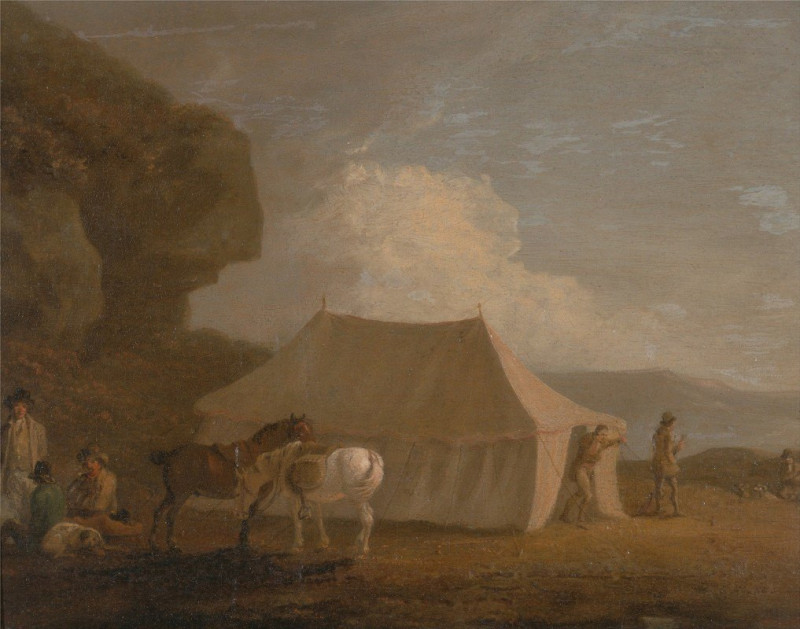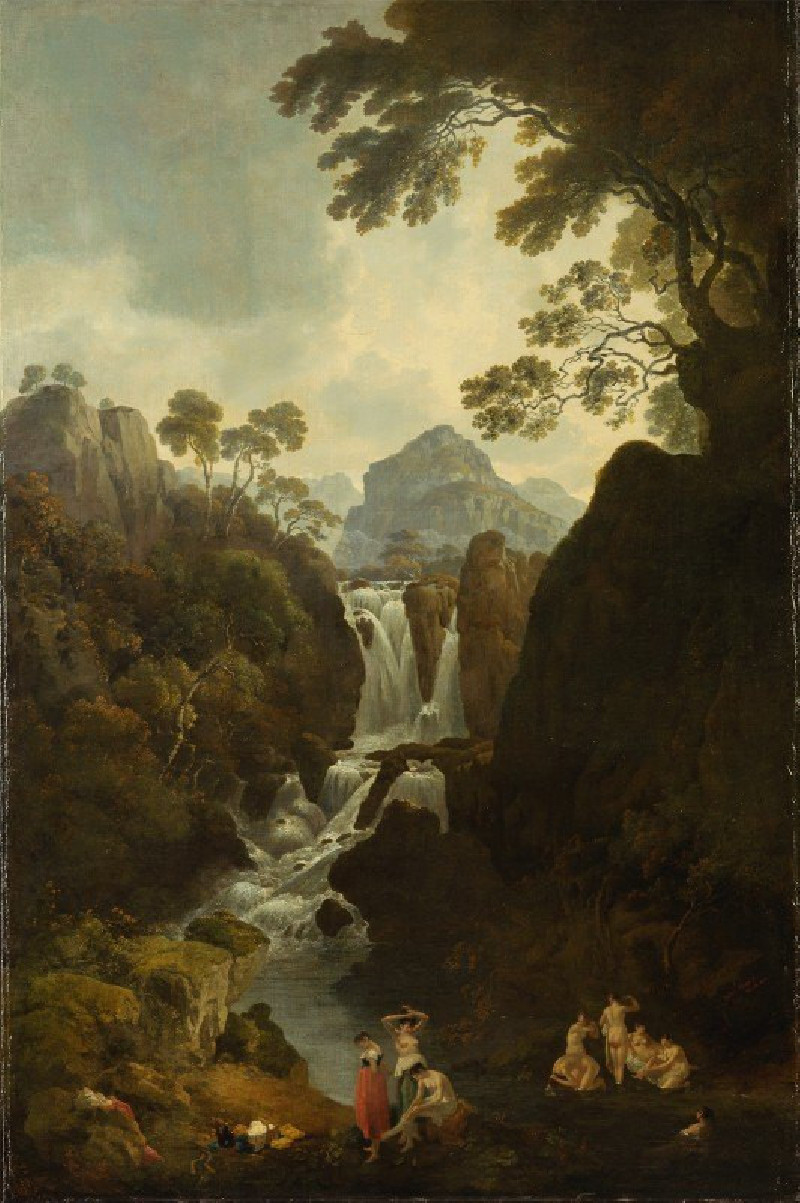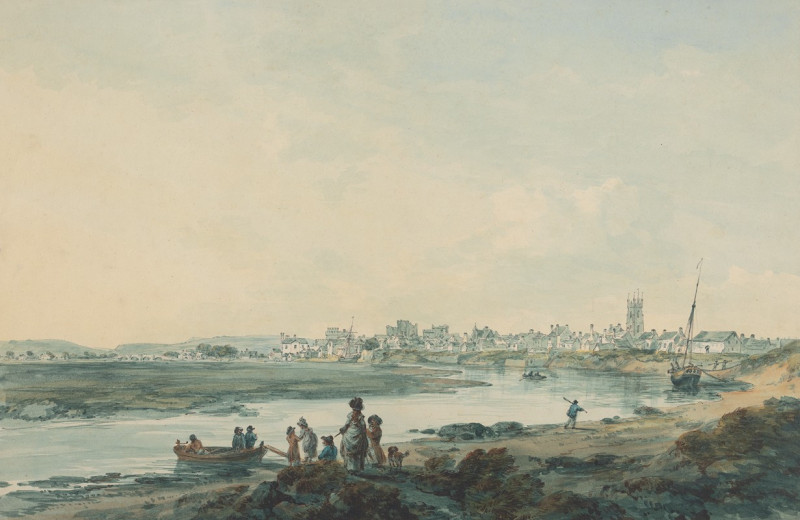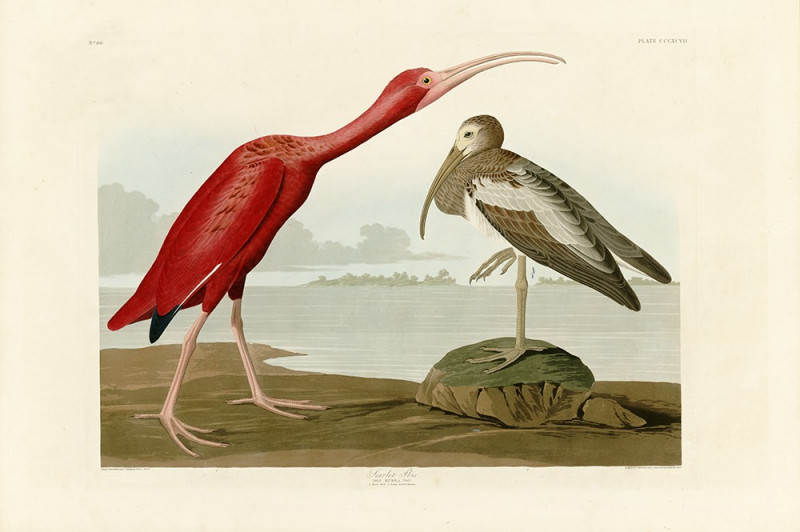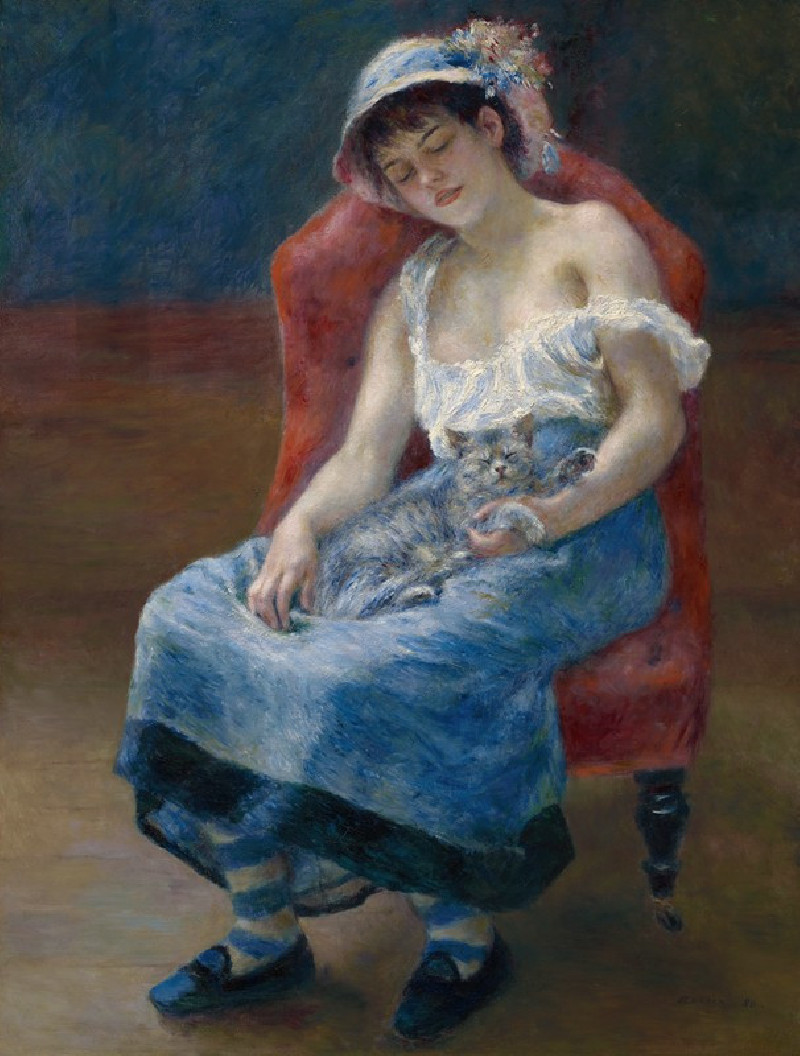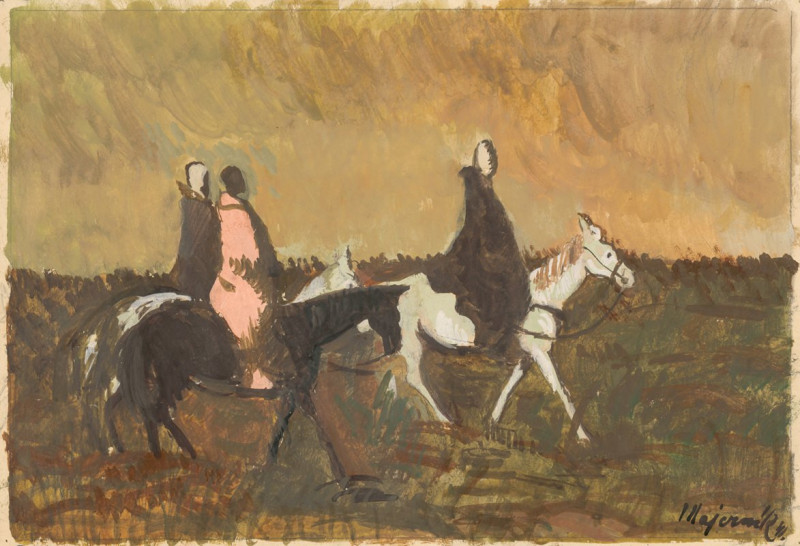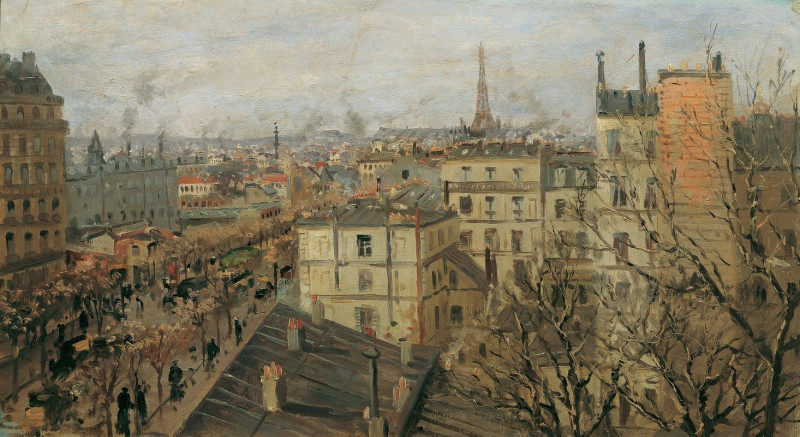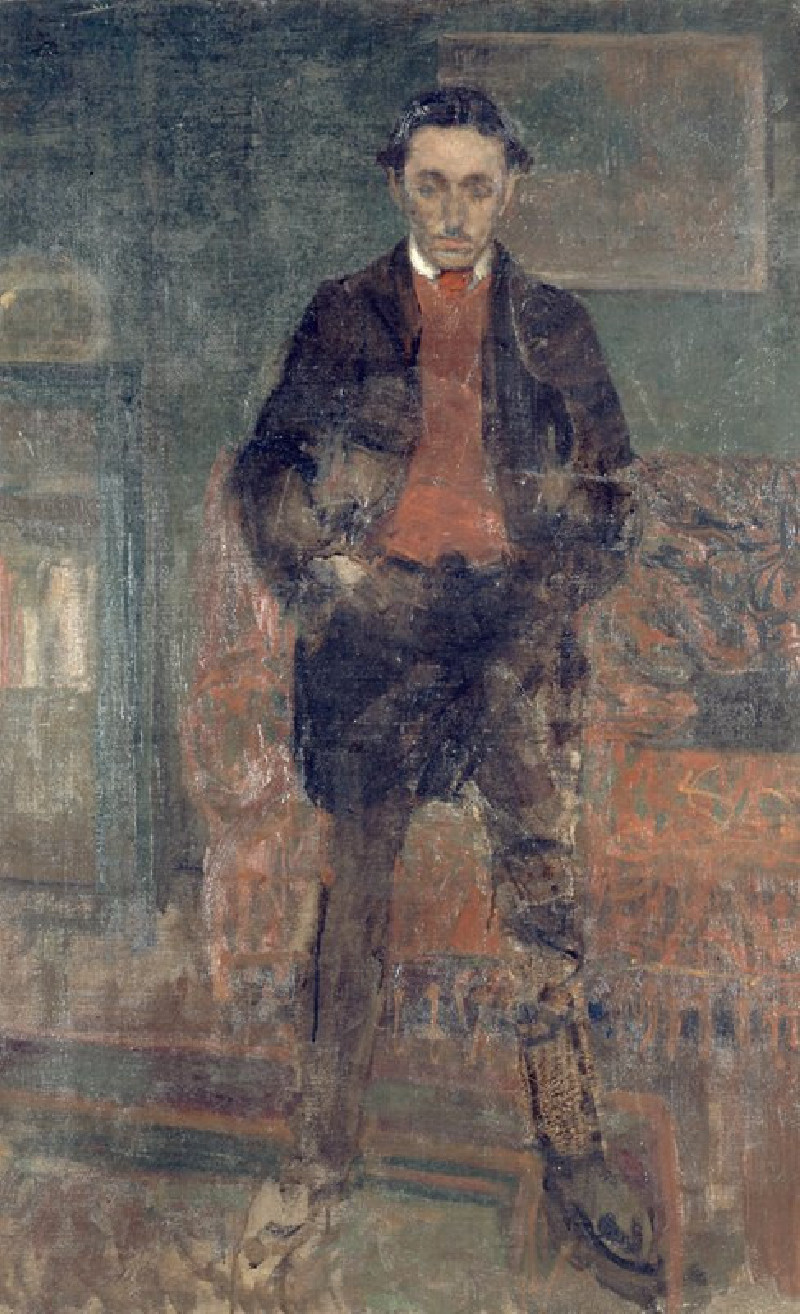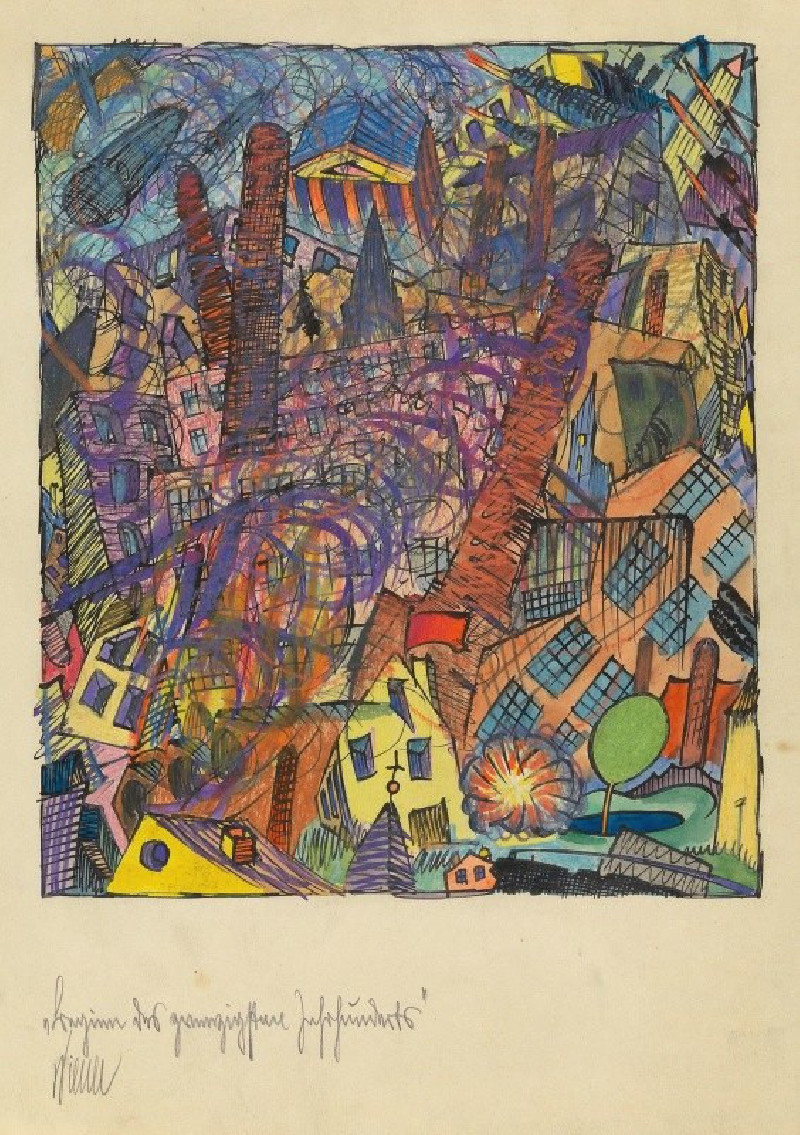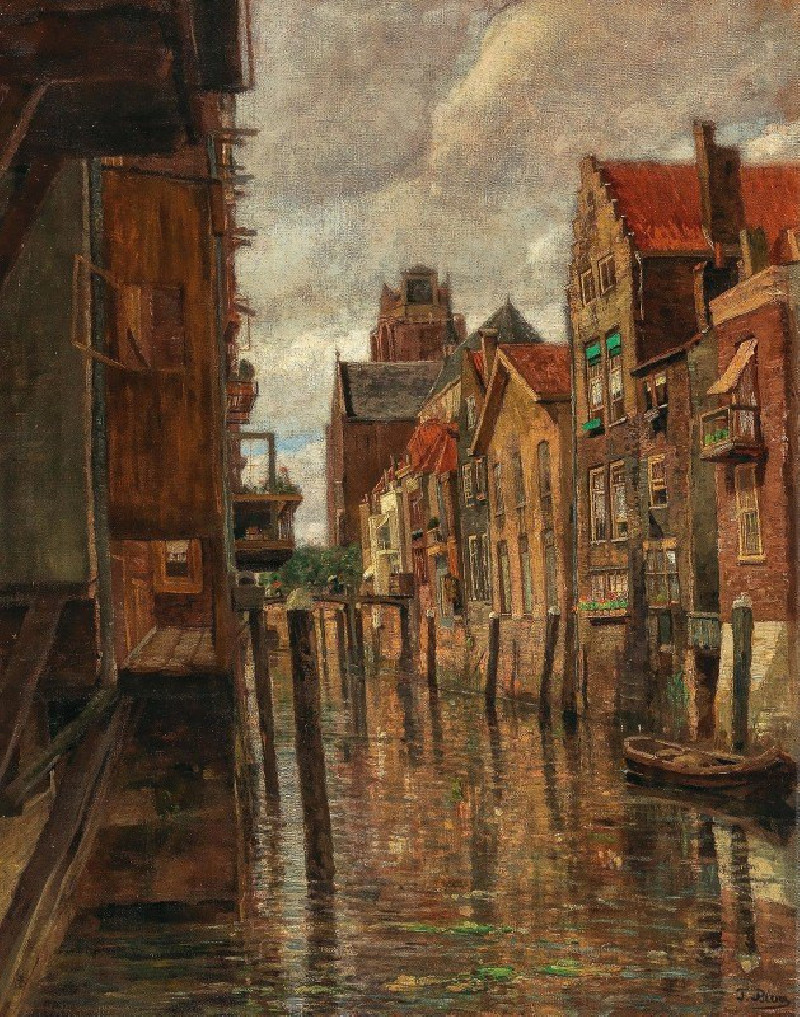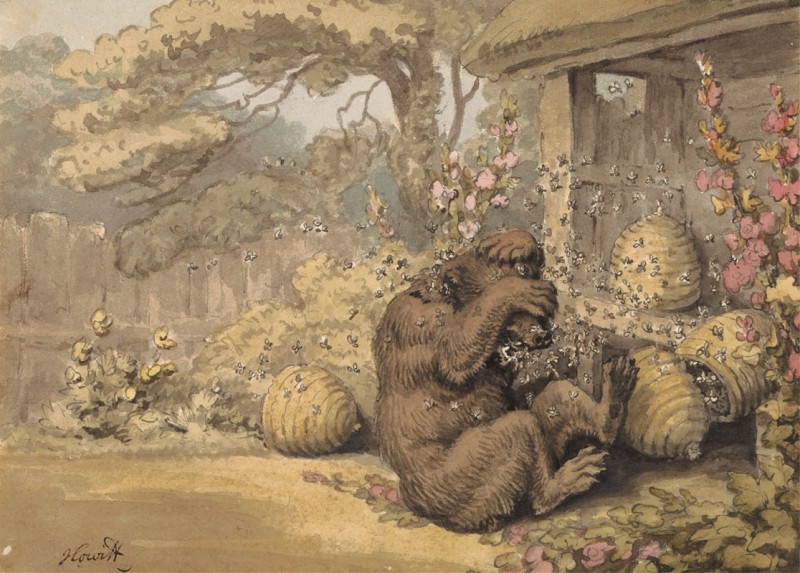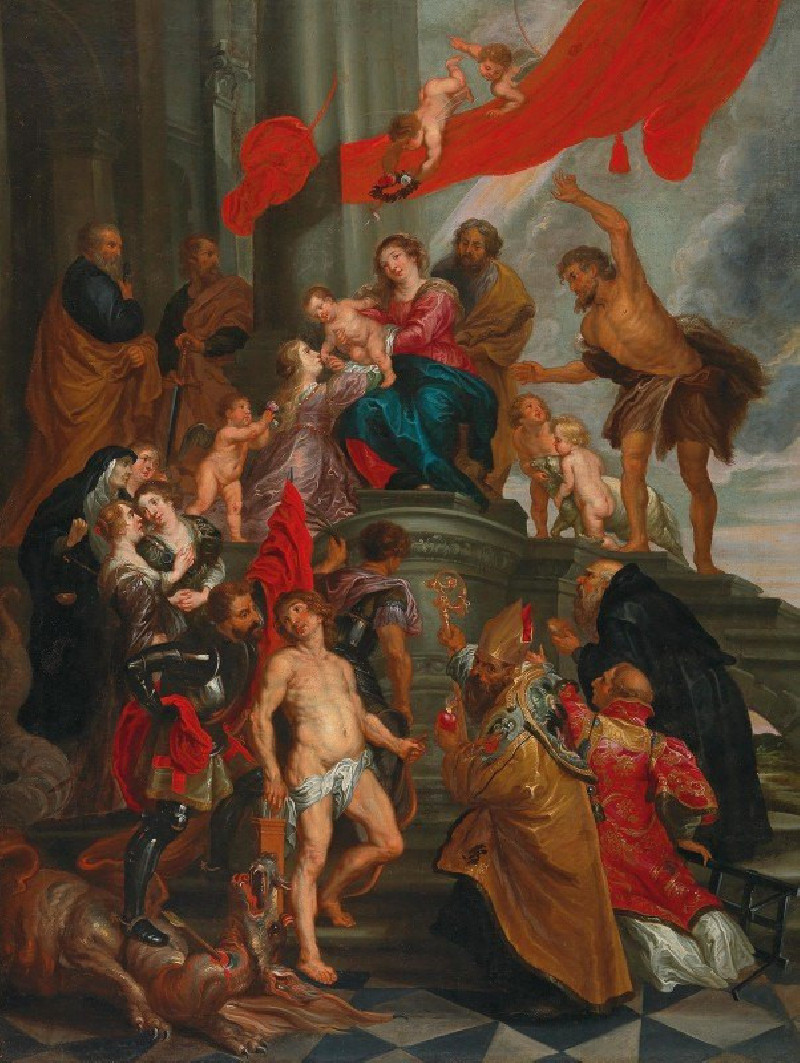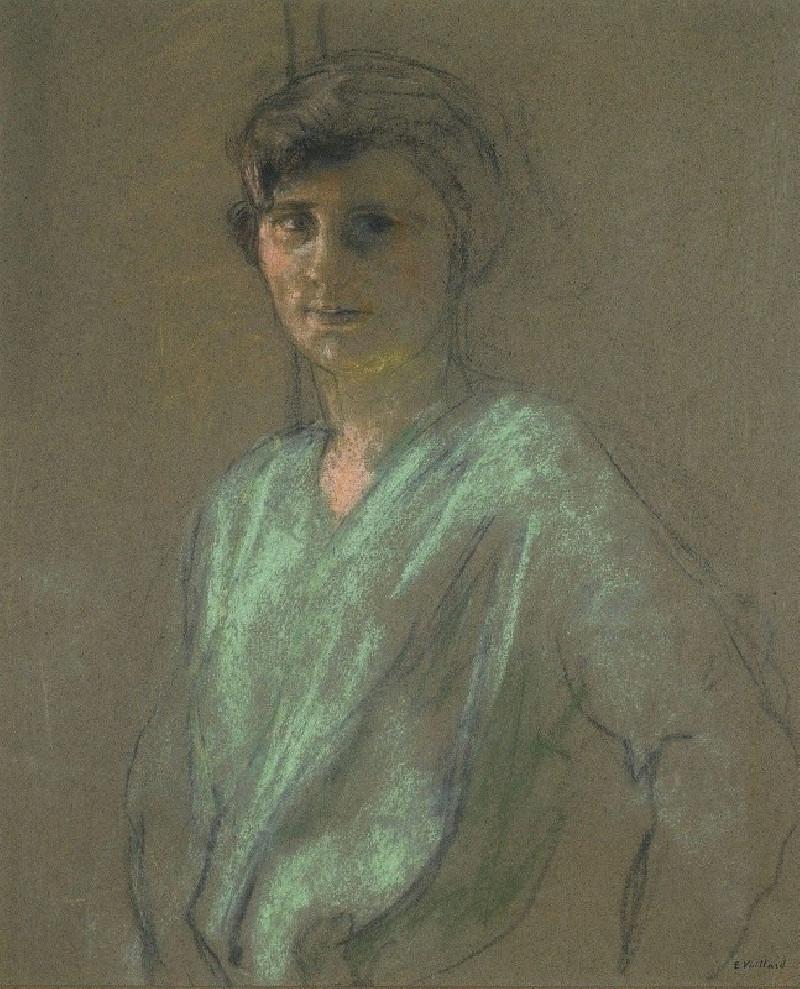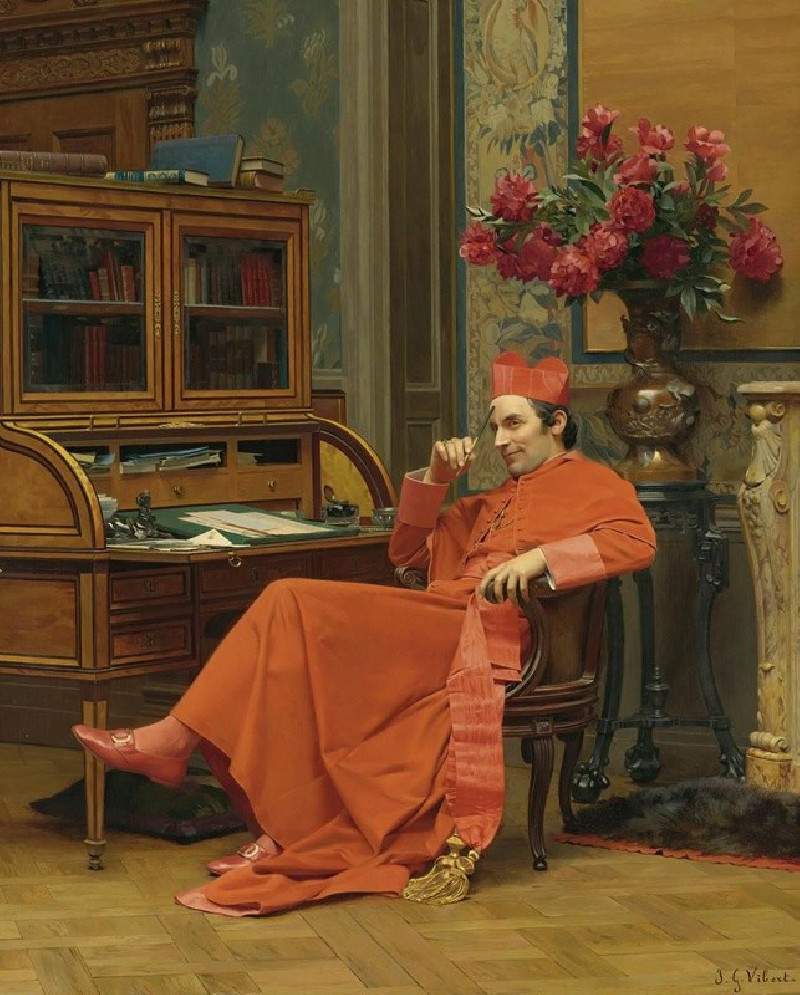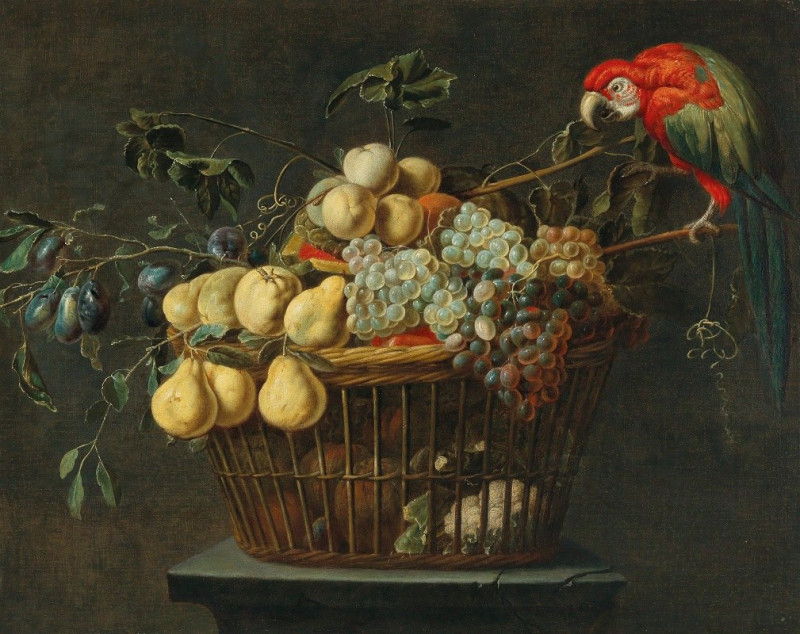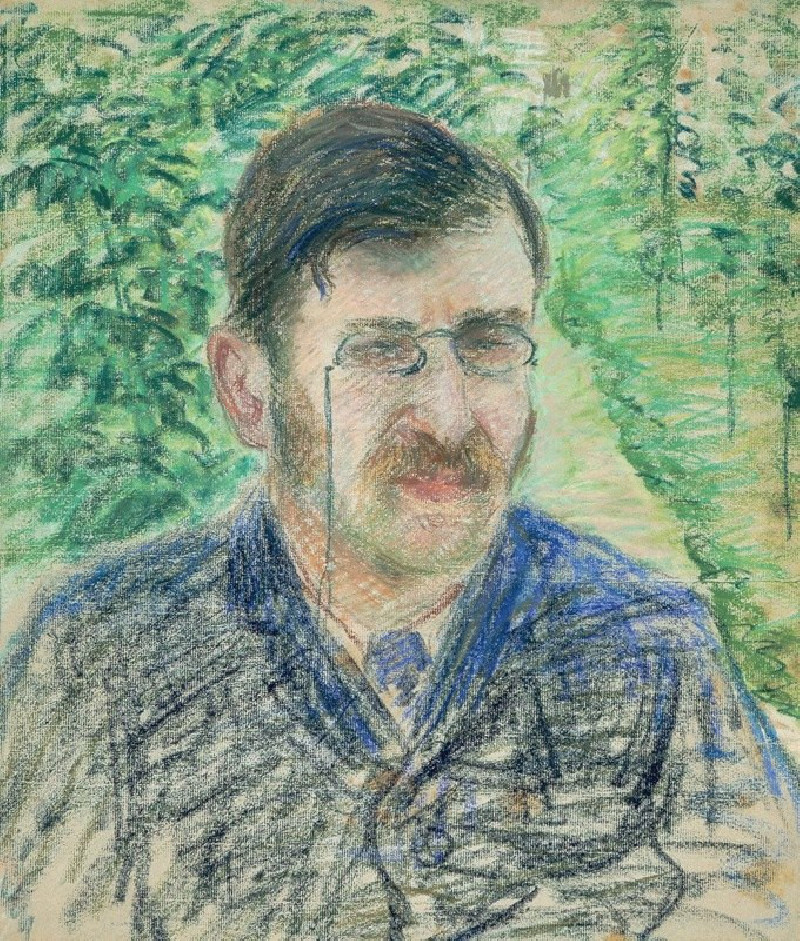Making into Charcoal
Technique: Giclée quality print
Recommended by our customers
More about this artwork
Julius Caesar Ibbetson's engaging watercolor, "Making into Charcoal," captures a quaint yet industrious rural scene. The painting portrays two workers amidst their daily toil by heaps of wooden material arranged for conversion into charcoal. This process, vital in historical contexts for a range of uses from fueling fires to blacksmithing, is rarely depicted with such a pastoral charm.On the left, tall cone-like structures constructed from logs dominate the composition, standing testament to the preparatory stages of charcoal-making. These structures are where the wood is carefully stacked and then slowly burned with limited oxygen, a method meticulously shown through Ibbetson's detailed brushwork.Centered in the composition are two figures, each dressed in period attire that reflects their laborious role. One figure, clad in a vibrant orange jacket, actively interacts with the woodpile, possibly arranging or inspecting the wood, intimating the ongoing manual effort this task required. The other, in paler hues, stands with a walking stick, perhaps overseeing the work or momentarily at rest.The background, rendered in muted tones, subtly allows the figures and the stark wood structures to stand prominently, directing the viewer’s focus to the human element intertwined with the rhythm of rural labor.This scene, set against a simple yet expressive sky, not only showcases Ibbetson’s skill in capturing the subtleties of human engagement with nature but also serves as a historical documentation of early industrial practices. The artwork invites viewers to appreciate the rustic simplicity and the hard labor that formed the backbone of rural economies.
Delivery
Returns
Julius Sergius von Klever was a Baltic German landscape painter.
His father was a chemist who taught pharmacology at the Veterinary Institute. He displayed artistic talent at an early age and took lessons from Konstantin von Kügelgen. After completing his primary education, was enrolled at the Imperial Academy of Fine Arts where, at his father's insistence, he studied architecture. After a short time, however, he began to take landscape painting classes; first with Sokrat Vorobiev, then Mikhail Clodt.



